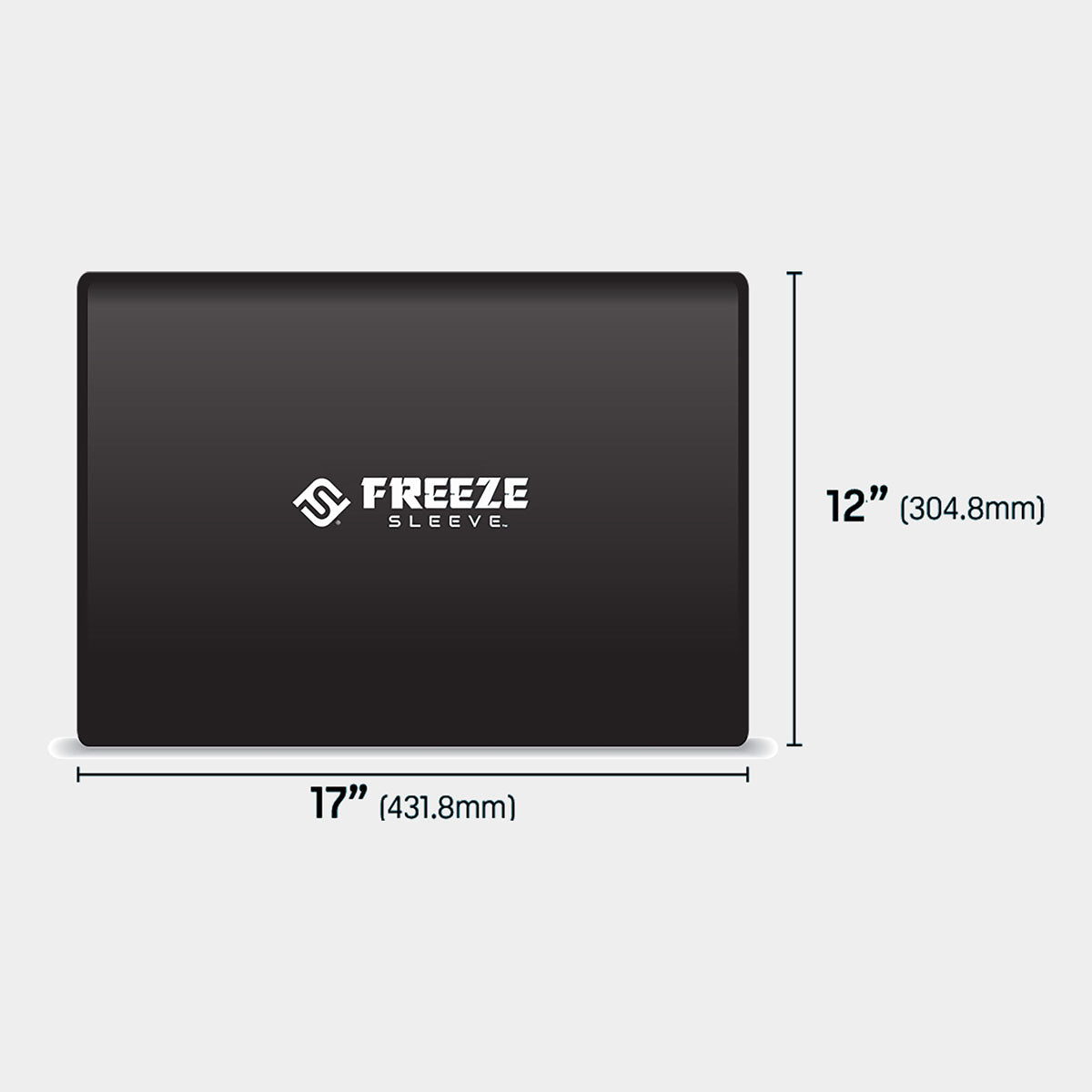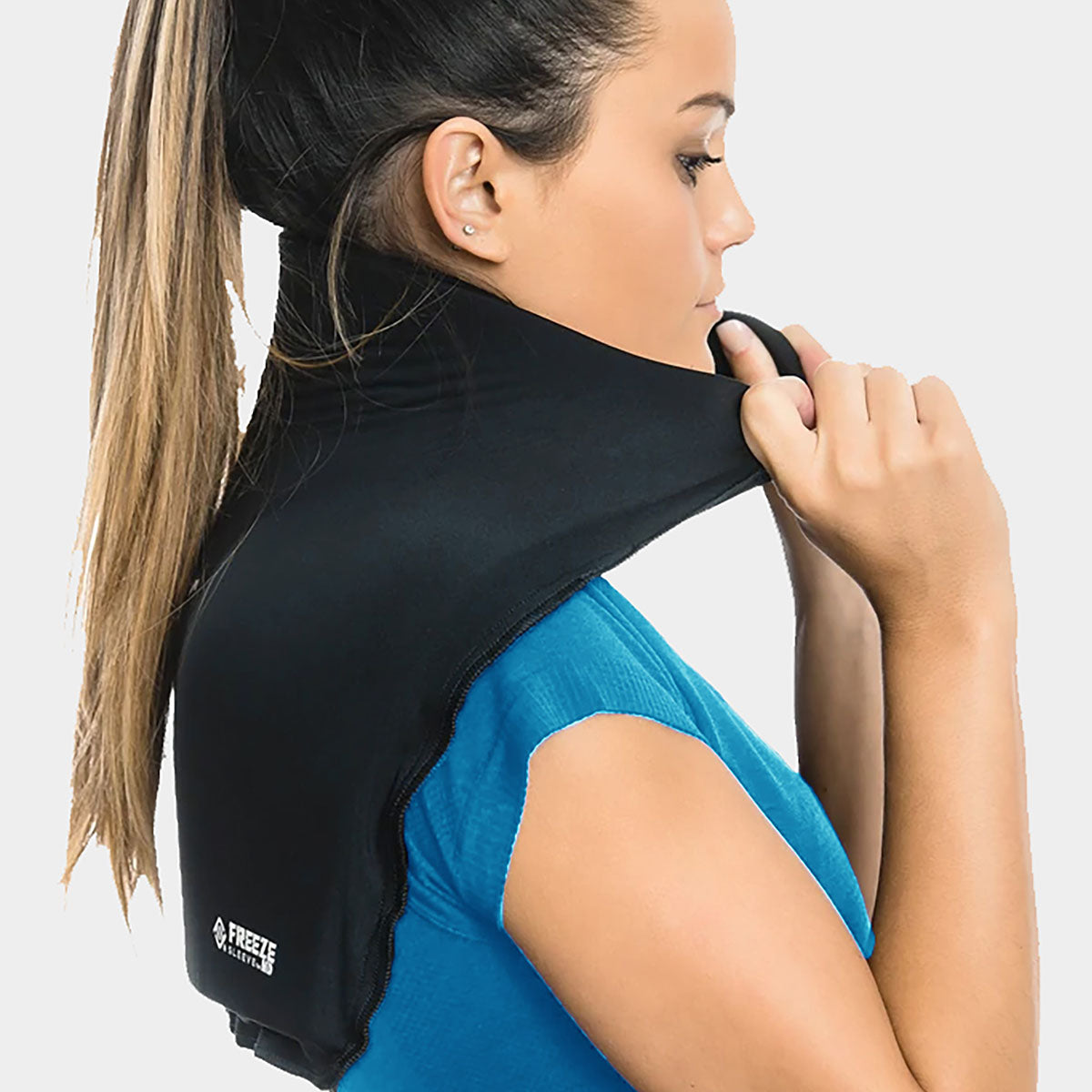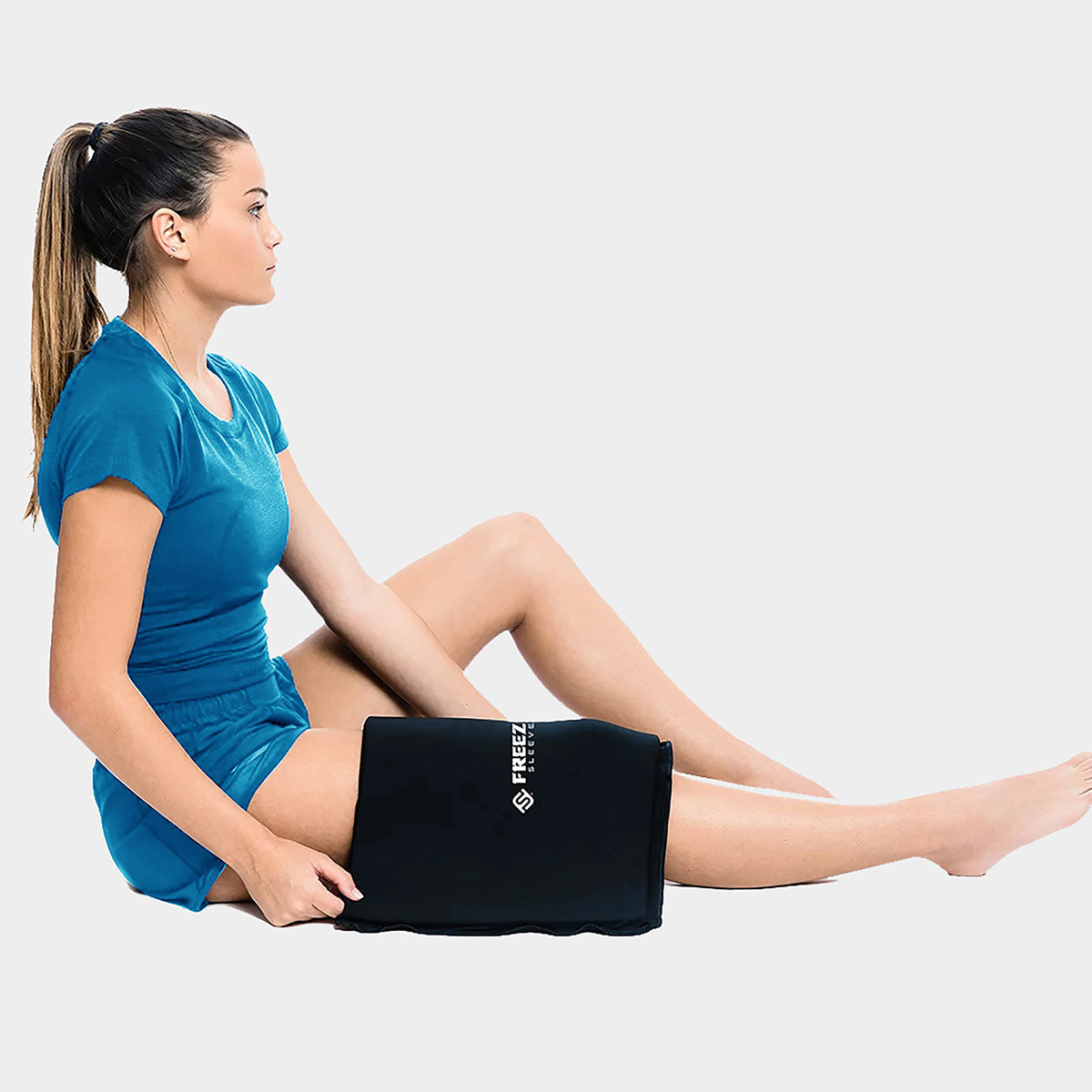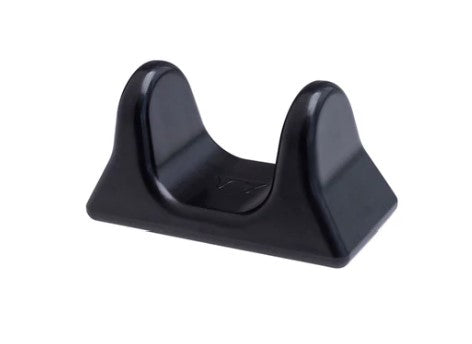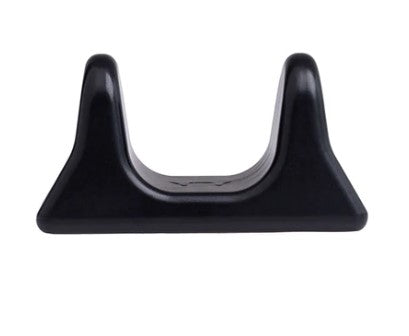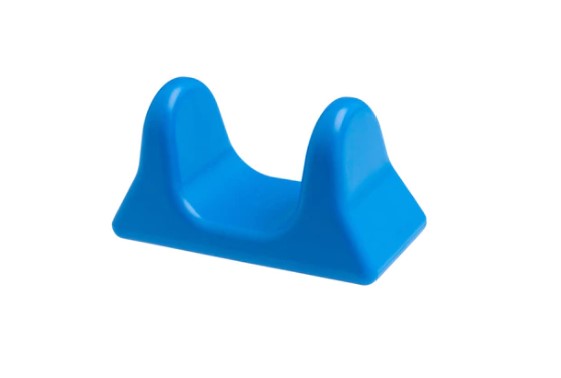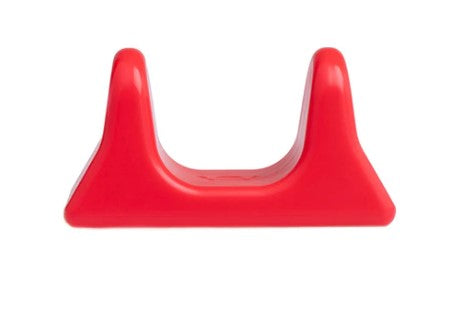A quick Google search will show websites listing exercises that are deemed preventative for sport injuries. Injury prevention goes beyond a few specific exercises as an end-all-be-all. Avoiding injuries comes down to a myriad of factors, most of which are controllable. Reducing the risk of most injuries is done through a combination of sound programming of training, correct execution of sport skill, good nutrition/hydration/sleep practices, and the implementation of specific exercises. Understanding the causes of sport injuries can better determine how to prevent an occurrence.
As a starting point, strength is the ultimate injury preventor. Being physically fit and having a high level of general physical preparedness (GPP) will decrease the risks of certain injuries and improve the recovery rate. Sport injuries are categorized into two types, acute and chronic. Acute and traumatic injuries occur suddenly, and the recovery period is dependent on the nature of the injury. Common acute injuries are strains, sprains, dislocations, and certain types of bone fractures. Contact injuries resulting from a collision are an inherent risk of sports, while non-contact injuries should be minimized through comprehensive physical preparation training. Chronic injuries often appear over time and are more persistent, with symptoms lasting longer than three months and are due to controllable factors. Chronic injuries are usually due to overuse/overtraining or a combination of environmental influences such as improper athletic gear, training methodologies, lack of good nutrition, and poor stress management. Physical preparations for sport should include a well-rounded approach. The below recommendations come from the University of Rochester Medical Center to create a well-rounded training program that will minimize the risk of injuries:
RELATED: How to Relieve Lower Back Pain
- Develop a fitness plan that includes cardiovascular exercise, strength training, and flexibility.
- Alternate exercising different muscle groups and exercise every other day.
- Cool down properly after exercise or sports. It should take two times as long as your warm-ups.
- Drink water to prevent dehydration, heat exhaustion, and heat stroke.
- Stretching exercises can improve the ability of muscles to contract and perform, reducing the risk for injury.
- Use the right equipment or gear and wear shoes that provide support and that may correct certain foot problems that can lead to injury.
- Learn the right techniques to play your sport.
- Rest when tired. Avoid exercise when you are tired or in pain.
- Always take your time during strength training and go through the full range of motion with each repetition.
- If you do sustain a sports injury, make sure you participate in adequate rehabilitation before resuming strenuous activity.
Additionally, specific physical preparation (SPP) training should mimic the kinetic chain utilized in sport skill movement and their speed-strength qualities. Some exercises and protocols can be implemented to accompany barbell training, plyometrics, etc., to prepare the lower and upper extremities for sport and prepare the body to perform accordingly.
The Foot/Ankle
The foot is one of the most important body parts we have and can often be overlooked by trainers and coaches. We are always on our feet; our feet and ankle health directly affect our ability to move and absorb forces. Feet and ankles need to be strong as well as sinuous. Exercises focusing on the feet in training can help prevent shin splints in athletes who see significant running volumes. Stiff and weak feet, and improper footwear can cause pain in other parts of our body. If we focus on the large muscle groups but neglect the foot/ankle, force transfer into the ground can dissipate. Our balance and proprioception will also improve through foot and ankle exercises. Here is a list of ankle/foot exercises that can be incorporated into a training program:
- Calf raises (gastrocnemius)
- Seated calf raises (soleus)
- Heel walks and dorsi flexion [late lifts (tibialis anterior)
- Ankle plate pushes (internal/external rot.)
- Toe curling towel exercises
- Balance drills
- Slant board hops or linear/lateral line hops
- Rolling bottom of foot on golf ball
- Foam roll/massage gastrocnemius and tibialis anterior
The Knee/Hip
High school girls have shown a higher rate of ACL injuries in a study published in the Journal of Athletic Training. The US Youth Soccer program acknowledges research reflecting females are more susceptible to ACL injuries, four to eight times more likely to tear the ligament than boys. The risk of non-contact injuries to the knee should be minimized through appropriate physical preparations, especially in young girls. Minimizing the risk for non-contact injuries, such as ACL tears by addressing the muscles surrounding the knee and hip joints, is suggested to prepare athletes for the acceleration and deceleration forces in sport movements. It should be noted that high volumes of games and practice that fatigue the body can lead to a higher risk of non-contact injuries and stagnation of physical developments and burnout.
Training modalities to complement barbell training are required to prepare the body for impact forces associated with many sport movements. Jump training, beginning with landing mechanics, is necessary for athletes to learn to absorb and generate force appropriate to sport movements. Acceleration and deceleration forces associated with sport movements require the neuromuscular system to fire quickly to peripheral joints and limbs. This neural pathway must be trained to ensure safe and consistent movement patterns, minimizing the chance of injury. Deceleration drills, including single-leg braking and change of direction in training, will prepare the correct neuromuscular pathway and movement pattern utilized in planting and cutting, often when many non-contact injuries occur to the lower body. Terminal knee extension (TKE) variations can help build the Vastus Medialis Oblique (VMO) to build quadricep strength and knee stability for balance and force absorption. Landing and jump training prepares the muscles for sport-specific movements and prepares the body for more intense plyometric training that can build explosive power. Below is a list of exercises that develop local muscular development and proper force absorption techniques:
TKE and VMO
- TKE + Band
- Pistol Squat (+band)
Landing and Shock Absorption, Deceleration
- Altitude landings, box jumps (emphasize landing position)
- Jog/sprint to lunge stop
- Lunge jumps and holds
- Lateral and linear single leg jumps
- Intensive and extensive bounding
- Band exercises (lateral band walks, duck walks)
Execution of Sport Skills
Athletes must learn proper mechanics of sport skills to maximize force production and minimize wear on the body. The athlete's technique must be such that the kinetic chain moves in proper succession. For throwers and hitters/strikers, the force production starts with the lower body and transfers through the midsection to the upper body. Power is generated through the lower body via hip abduction and external rotation, transferred through the midsection to the shoulder and arm. If the hip and midsection or shoulder rotate simultaneously, there will be less force production and a higher risk of shoulder/arm pain. Skill development at the adolescent age should focus on general physical preparation, including the elements of a well-rounded program highlighted earlier. For mature athletes, especially those with lengthy competitive seasons, training needs to incorporate exercises focusing on the shoulder joint and girdle to prevent overuse injuries.
Shoulder Exercises for Throwers
Throwers can become prone to muscle imbalances because of the acyclic and repetitive nature of the motion. Muscles and tendons can become tight, placing more strain on surrounding muscles and joints. The posterior deltoid repeatedly contracts to stop the forward motion of the arm and must be strengthened to counteract this repetitive force. The shoulder girdle can become unstable because of the high degree of movement and stretching. To prepare the muscles and tendons for this motion and counter the repeated wear, exercises addressing the shoulder girdle and joint are combined with strength, mobility, and flexibility exercises. Below are a series of exercises that can be programmed for throwers in their physical preparation programs:
- Band pull apart series (post deltoids, int/ext. rotators)
- Supine bench T rotations (int/ext. rotators)
- Scapular wall slides (scapular retraction)
- T & Y raises
- Side lying stretches (mobility/flexibility)
- Internal/external rotation
- Horizontal adduction/abduction
Exercises for the upper and lower extremities can be incorporated into an athlete’s workout at the end of a warm-up or included in a cool down. They can be cycled through for variety.
Conclusion
No exercise or series of exercises can guarantee injury prevention. Rather, it is a holistic approach that will lower the chance of acute or chronic injuries. Knowledgeable coaches and trainers must create training programs that adhere to the adaptive nature of the body and allow for adequate management of stress. Training should include specific exercises that best prepare the body for the execution of sport skills. Lastly, when dealing with injuries, whether chronic or acute, the recommendations of a medical doctor and physical therapist must be followed diligently. Sport coaches and performance specialists are not credentialed to diagnose an injury. Their role is to ensure safe training practices that account for and minimize the risk factors associated with playing sports. It is suggested that athlete preparation coaches track and record injuries and review their training protocols to improve their practice. They must also collect data to advocate for the effectiveness of their services.
References
- Bellendir, and Joseph. “Preventing Sports Injuries.” Preventing Sports Injuries - Health Encyclopedia - University of Rochester Medical Center, www.urmc.rochester.edu/encyclopedia/content.aspx?contenttypeid=85&contentid=P00935.
- Bernier, Marc R. “ACL Injury and the Female Soccer Player.” US Youth Soccer, www.usyouthsoccer.org/news/acl_injury_and_the_female_soccer_player/.
Sean Fullerton is a PhD student at the University of New Mexico in the Health, Exercise, and Sports Science department. He earned a Master of Education from Portland State University in 2015 and a Bachelors of Exercise Science from Western Oregon University in 2009. At Western Orgeon University, Sean was a four-year starter and all-conference wide receiver. He worked as a secondary physical education teacher and coach for five years in southern California. Before getting into education, Sean worked as a strength and conditioning coach and football skills coach in Portland, Oregon. He played two years of American football in Europe in 2011 and 2012.

















































